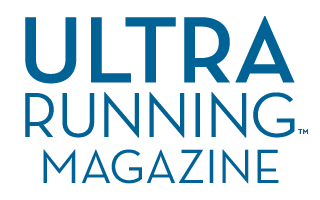Watching Bob Dylan’s 2011 Grammy performance on YouTube led me to a discovery: the song “Maggie’s Farm” was not, in fact, written by the band Rage Against the Machine. After years of listening to Dylan songs, reading books about his life and even seeing him in concert, it came as a surprise that this song, which has made regular rounds on local radio stations for years, was actually one of Dylan’s classics. What does this have to do with ultrarunning, you ask? Well, it doesn’t. But it got me thinking about past, present and future generations of ultrarunners, and how we might all “sing the same song” (or run the same ultra) but in different ways.
Old and new ultrarunners are sharing the same trails and running completely different versions of a race.
The evolution of livestreaming races has generated an amplified interest in the sport due to easy access and visibility. But the sport of ultrarunning still remains small compared to other professional sports. If you’ve been fortunate enough to attend a Golden Ticket race or any major ultramarathon in North America, it’s easy to see that the crowds pale in comparison to any football stadium or basketball arena. Zooming in with a camera makes a race feel enormous and action-packed, while the reality is that the finish line is often relatively sparse due to the slow, steady stream of runners making their way through the last miles of a 30-hour race. And that’s the way it’s been for the past four decades. So, while many of you might prefer Rage Against the Machine’s version of “Maggie’s Farm,” you have to respect that Dylan was the brilliant mind behind the song and that it still holds up.
Legends in our sport—those who began running in the 70s and 80s—are still running races. And each year we’ve got new runners lining up at the start line, ready to attempt something they never thought was possible. Maybe they talked with someone who ran an ultra, saw an inspiring video or read an article that planted a seed. This means that old and new ultrarunners are sharing the same trails and running completely different versions of a race—some are experiencing the Bob Dylan version and some might be closer to Rage Against the Machine’s version, but in the end, there’s room (and admiration) for both.
In this issue, we explore our “why” and how (and where) to find it. Jason Koop offers a step-by-step guide on how to find your “why” on page 10. Columnist John Trent writes about Tim Tollefson and his new “why” on page 34. And columnist Jeff Kozak writes about running the San Diego 100 and how staying in the moment helped him remember his “why” on page 69.
Ultrarunning continues to make great strides due to the incredible minds behind the scenes and the community of runners and volunteers who continue to give their time and energy. While growing pains are inevitable, there’s a good chance we’ll emerge a better version than where we began—whether that is Bob Dylan’s or Rage Against the Machine’s or a combination of both.



